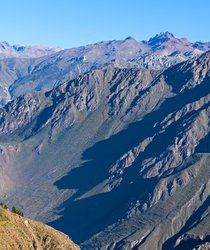
Seminar in lithosphere and planetology physics
Analysis of the primary and secondary microseisms in the wavefield of the ambient noise recorded in northern Poland
Dr. Simone Lepore, prof. Marek Grad
Instytut Geofizyki, Wydział Fizyki, Uniwersytet Warszawski
Oct. 5, 2018, 9:30 a.m.
ul. Pasteura 5, sala B4.58
Seasonal changes of the primary and secondary microseisms were analysed in the wavefield of the ambient noise recorded during the entire 2014 at the “13 BB star” array located in northern Poland, composed of thirteen, symmetrically arranged, broadband seismic stations. To that, spectral analysis, seismic interferometry, surface scalar wind speed distribution, as well as beamforming, were used. Spectral analysis allowed to observe that a splitting of the secondary microseism peak was present in winter and autumn, and that the primary microseism peak was visible in spring, summer and autumn. Using seismic interferometry, the long term characteristics of the noise wavefield were recognised. The seasonal variations of the secondary microseism source were described by means of the analysis of the surface scalar wind speed for each month. The splitting of the secondary peak was attributed to the interaction of a strong wind blowing from the North Sea with a weak wind blowing from the Baltic Sea. The seasonal variations of the primary microseism peak were characterised through the frequency domain beamforming. The peak was identified during spring, summer, and autumn, when the generated wavefield was coming from the Baltic Sea. The velocity of the wavefield was evaluated within the 2.0-5.0 km/s range. The described mechanism of generation of the microseisms, based on the interaction of the nearby winds, was found to be consistent with the models reported in the literature.
